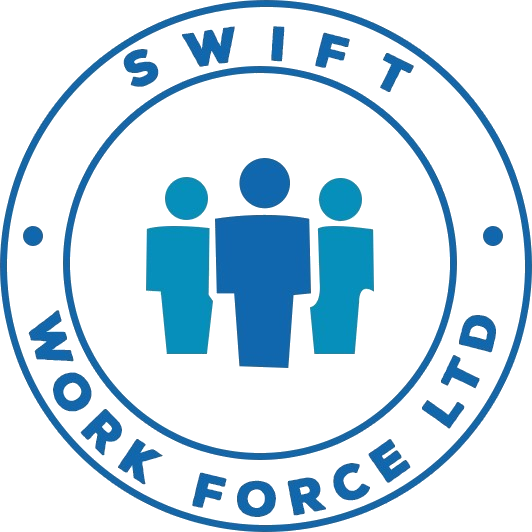Managing traffic in and around construction sites is an important part of ensuring the workplace is without risk to workers and the general public. Vehicles move in and around the workplace, reversing, loading and unloading are often the leading cause of death and injuries to workers and members of the public.
According to Swift Workforce the most effective way to protect pedestrians is to eliminate traffic hazards, which they say can be done by designing the layout of the workplace to eliminate interactions between pedestrians and vehicles include prohibiting vehicles from being used in pedestrian spaces.
We say the key issues to consider for managing traffic at construction workplaces include:
- keeping pedestrians and vehicles apart including on site and when vehicles enter and exit the workplace
minimising vehicle movements - eliminating reversing vehicles or minimising the related risks
- ensuring vehicles and pedestrians are visible to each other
using traffic signs, and - developing and implementing a traffic management plan.
Prior to commencing work in traffic management, site managers must ensure the correct training has been provided and that untrained persons do not operate vehicles on site. Accidents are more likely to occur when untrained or inexperienced workers operate vehicles on construction sites.
The role of a traffic controller ensures the following says:
- Providing separate clearly marked pedestrian walkways that take a direct route.
- Creating pedestrian exclusion zones where powered mobile plant is operating.
- Creating vehicle exclusion zones for pedestrian-only areas, for example around tearooms, amenities and pedestrian entrances.
- Securing areas where vehicles and powered mobile plant operate by installing pedestrian barriers, traffic control barricades, chains, tape or bollards. Where needed ensure a competent person with the necessary training or qualifications directs powered mobile plant when it operates near workers or other plant.
- Designating specific parking areas for workers’ and visitors’ vehicles outside the construction area.
- Providing clearly signed and lit crossing points where walkways cross roadways, so drivers and pedestrians can see each other clearly.
- Using traffic controllers, mirrors, stop signs or warning devices at site exits to make sure drivers can see or are aware of pedestrians before driving out onto public roads.
- Avoiding blocking walkways so pedestrians do not have to step onto the vehicle route.
- Scheduling work so vehicles, powered mobile plant and pedestrians are not in the same area at the same time.
The traffic controller must also ensure that when vehicles are moving on site there is minimum risk. Traffic management plans ensure that there are controlled entries to sites and the number of vehicles on site at any one time is managed.
Reversing vehicles are the major cause of fatalities so it’s important to create one-way road systems and turning circles. If the site is restricted and turning circles are tight, traffic controllers must ensure that reverse systems like alarms, sensors, cameras and mirrors are used at all times. It’s also about informing co-workers where vehicles might be turning and ensuring the area is clear.
Signs are really important on site and are used to alert workers and pedestrians to potential hazards from vehicles entering and exiting the construction site and pedestrian exclusion zones.
It is imperative to safety that a concise traffic management plan is documented and traffic controllers are able to manage the plan.
we suggest a traffic plan should include the following:
- designated travel paths for vehicles including entry and exit points, haul routes for debris or plant and materials, or traffic crossing other streams of traffic
- pedestrian and traffic routes
- designated delivery and loading and unloading areas
- travel paths on routes remote from the workplace including places to turn around, dump material, access ramps and side roads
- how often and where vehicles and pedestrians interact
- traffic control measures for each expected interaction including drawings of the layout of barriers, walkways, signs and general arrangements to warn and guide traffic around, past or through the workplace or temporary hazard
- requirements for special vehicles like large vehicles and mobile cranes
- requirements for loading from the side of road onto the site
- the responsibilities of people managing traffic at the workplace
- the responsibilities of people expected to interact with traffic at the workplace
- instructions or procedures for controlling traffic including in an emergency
- how to implement and monitor the effectiveness of a traffic management plan.
Its important to note that the traffic management plan should be monitored and reviewed regularly including after an incident to ensure it is effective and takes into account changes at the workplace. Site inductions should also include the traffic management plan.
